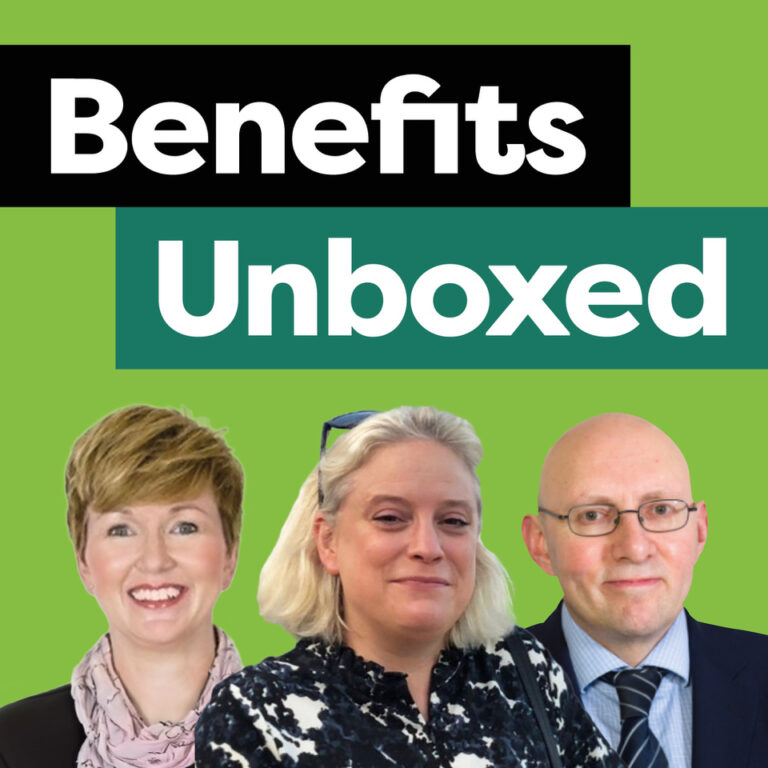The challenge of attracting and retaining talent has ramped up for UK employers in recent years. The pandemic was the catalyst for a sea change in attitudes towards work. Now, more than ever, crafting an effective reward strategy – encompassing pay, incentives and benefits – stands out as a pivotal task for organisations striving to maximise employee engagement.
However, while building a robust reward strategy is a noble ambition for any organisation, it’s more difficult to achieve in practice. So, what key considerations should employers take into account when embarking on the challenge?
Objectives and resources
According to Toby Hough, director of people and culture at HiBob, the first step is to pinpoint the specific objective and assess resources.
“The important thing with this type of decision is to ask yourself, why are we offering the things we are offering, and do they support our business objectives and our talent attraction and retention strategy, and can we justify this investment given our growth stage and business performance?”
While it’s more important than ever to take the cost of living into account, a strong reward strategy should not be built purely on financial gain, insists James Tilley, director at Vivup.
“Yes, it’s important to offer competitive salaries and benchmark them but don’t make it all about the money – bonuses, one-off money rewards included,” he advises. “Instead, make sure you build in rewards in the form of recognition, personal development and promotions. This will organically breathe life into your culture and the successes will follow.”
Tilley advocates the “three Rs” of recognition, reward and retention forming the foundation of an organisation’s strategy. “Ensure it’s mutually supportive of your HR and employee benefits objectives as well as the overall corporate business objectives. Rewarding the behaviours associated with business success is good for your bottom line.”
Targeted offerings
It’s clear that the right benefits package is essential to a robust reward strategy. According to the Sodexo report Mountain of Lost Benefits: Closing the Expectation Gap, 75% of employees consider benefits packages as important or very important when interviewing for a new job.
“By prioritising employee wellbeing and providing tailored benefits, HR teams create an environment where individuals can truly thrive,” says Jamie Mackenie, CMO (director) at Sodexo Exchange.
Mark Pemberthy, benefits consulting leader at Buck, agrees that well-targeted offerings are essential. “To be valued, employee benefits need to be understood by employees and relevant to their needs and objectives. Building a well-designed benefits strategy starts with understanding the workforce. This means considering workplace demographics so that the benefits feel tangible and relevant to their needs.”
Tailoring is a tricky task, though. Danni Rush, COO of Virgin Incentives, points out that employees all have completely different personal circumstances outside of work, so some benefits will be of very different value depending on the recipient. “To that end,” she says, “variety, choice and breadth are really important, be that healthcare, pensions plans or lifestyle perks.”
One place to start, Rush suggests, is looking at your workforce data and then mapping back a range of motivating and practical benefits. “For younger generations, for example, choice and personal wellbeing are important values. They may enjoy the flexibility of a gift card that they can spend on themselves, their friends or family.”
Ashton McGill, a Dundee-based accountancy firm, used gift cards as a way to help its employees through the cost-of-living crisis. The workers can spend their Scotland Loves Local Gift Cards on everything from food to fuel, clothes to coffee.
“As they are based all over Scotland, our staff can choose a gift card that is relevant to where they live, such as Dundee, Perth or Inverness,” explains the company’s founder, Alasdair McGill, who is also entrepreneur in residence at the University of Dundee. “This allows us to localise the benefit we’re offering.”
Wellbeing and engagement
Employees’ physical wellbeing is another cornerstone of a robust reward strategy. Again, personalisation is important here, says Camilla Brooke, head of corporate sales at Simplyhealth. “It’s no use paying for something that your employees don’t – or can’t – use, so if healthcare benefits packages are to truly be effective, it’s essential to ensure that they are joined up across the business.”
For such benefits to be effective, they need to work for employees from all backgrounds, and all levels of seniority, and they need to be monitored and adjusted, according to need, add Brooke.
While wellbeing – in all its forms – is an essential component for a robust reward strategy, true employee engagement can only be achieved if workers feel a real connection to the business. Ifty Nasir, CEO and co-founder of equity management platform Vestd, believes the benefits staff are offered should reflect the “real human effort” that goes into building a strong organisation – and that means offering them a slice of the business itself.
“Research has shown time and time again that when staff own a part of the business they work for, they are more invested in its success, and are much happier, work harder, and stick around longer,” he says.
Solid communication lines
But whichever remuneration, benefits or incentives your reward strategy entails, solid lines of communication need to be established if engagement is to be achieved.
“From employee to employer, it is their responsibility to explain what matters and what their pain point is,” says Tom Ryan, CEO at MarCloud Consulting. “From employer to employee, it’s important to communicate what is financially realistic for the company at that time, so expectations are managed, and to also convey what is currently being done to address or at least listen to employee concerns.”
Hough of HiBob also recommends regular benchmarking to see what else is going on in the market. “Learning from peers is a great chance to pick up on a new trend which could positively impact your own workforce,” he explains.
Hough insists that businesses that continue to demonstrate they care about employee health and wellbeing are going to attract talented professionals, and ensure they want to stay.
In other words, get your strategy right and reap the reward.













